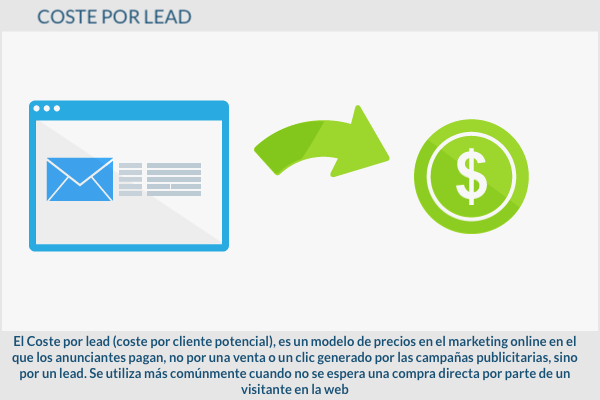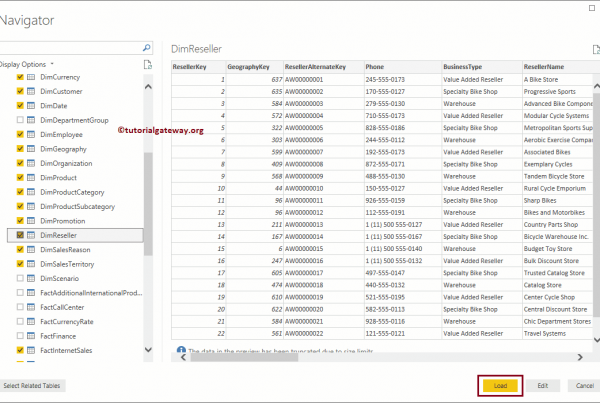Cost per lead (cost per potential customer), is a pricing model in online marketing in which advertisers pay, not for a sale or a click caused by advertising campaigns, but for a lead. It is most commonly used when a direct purchase from a web visitor is not expected, since the product being offered needs further explanation, such as a life insurance policy.

How CPL is calculated
The cost per lead can be easily calculated. The formula is as follows:
Spending on trade promotion for all leads / total number of leads = CPL in euros
Example
The cost of commercial promotion to generate 100 potential clients or leads amounts to 2,500 euros.
2,500 euros / 100 = 25 euros = CPL
Therefore, the cost per lead in this example is 25 euros.
What is a lead?
It is essential to know what a lead or potential customer is in order to clarify the cost per lead. In marketing, a lead refers to the contact details or, in some cases, the demographics of a person who is interested in the advertiser's service or product. It is derived from the English verb "to lead." Therefore, a potential customer can be considered as a potential customer, user or buyer who has literally been "driven" to the offered product.
A lead can be a person who subscribed to a newsletter or someone who filled out a contact form. A lead provides the webmaster or the provider of a service or product with meaningful data about their potential customer.
Functionality
If an advertiser wants to generate quality leads that can be used by a company's sales team, they can use the CPL model. Before the conclusion of a contract with the affiliate, a fixed price or commission is negotiated for each contact caused that the company is willing to pay.
The affiliate then provides the necessary traffic to relevant landing pages or ads with banners and other promotional material to win customers. The advertising partner will be paid for each successful contact, the so-called «'qualified lead'".
Application areas
The lead pricing model can be used as alternative to other models, such as the CPO or CPA, as long as a direct purchase cannot be expected from the interaction of the leads with the advertising material. Therefore, the CPL method focuses on acquiring customer data. Once evaluated, the data can be used for specific acquisitions on consulting-intensive products, such as insurance.
The CPL methods are suitable for e-mail marketing, or email marketing, as well as for downloading computer software. Contact forms integrated into other websites can be paid for by the CPL.
If leads are combined with tracking methods, then CPL can also be used as part of affiliate marketing.
As part of their own evaluations, a company's marketing team can establish trade promotion expenses using the cost per lead method, for example, for customers to fill out a contact form.
Benefits for online marketing
The CPL has the advantage that advertising campaigns are more scalable. Like other compensation methods, such as cost per order, the company only pays for the successful acquisition of leads and not for commercial promotional means such as banner ads. How much business promotion is ultimately needed to generate individual leads is no longer the responsibility of the company that buys the leads, but of the publisher who has accepted the CPL.
Another advantage of the CPL method is that it generates leads that are more willing to buy than those that are caused with just a few clicks. Primarily with intensive or expensive consultation products and services, the CPL method holds the most promise.
Despite everything, the higher probability of success is also related to higher costs per lead than other payment methods such as CPO or CPA.






